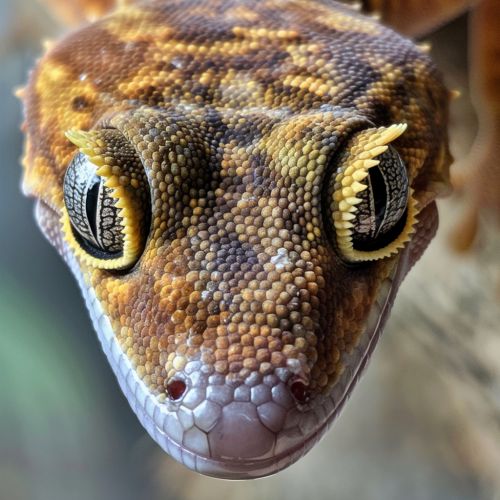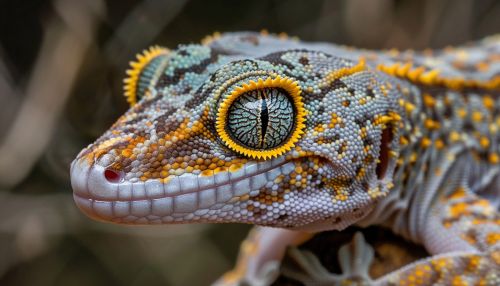Gekkota
Taxonomy and Evolution
The Gekkota is a group of reptiles that includes geckos and the legless pygopods. The group is believed to have evolved around 100 million years ago, during the mid-Cretaceous period. The evolution of Gekkota is a subject of ongoing research, but it is generally agreed that they are a monophyletic group, meaning they share a common ancestor.


Anatomy and Physiology
Gekkota are known for their specialized toe pads that allow for excellent adhesion to most surfaces without the use of liquids or surface tension. This is due to the presence of millions of tiny hair-like structures called setae on their foot pads. Each seta is further divided into hundreds of smaller tips called spatulae, which are about 200 nanometers in width. This allows the gecko to adhere to a wide variety of surfaces, including smooth and vertical ones, through van der Waals forces.
Gekkota also possess a unique visual system. Unlike most reptiles, they have excellent night vision; they can see colors even in dim moonlight. This is due to the presence of highly sensitive photoreceptor cells in their retinas, which are capable of detecting even the smallest amounts of light.
Behavior and Ecology
Gekkota are primarily nocturnal, active during the night and resting during the day. They are insectivorous, feeding mainly on insects and other small invertebrates. Some species are also known to consume plant matter, making them omnivorous.
Gekkota are solitary animals and are generally not territorial, but they will defend their feeding areas. They communicate through a series of chirps, clicks, and body postures. Some species are also known to communicate through visual signals, such as color changes.
Reproduction and Life Cycle
Most Gekkota are oviparous, laying eggs that are incubated externally. However, some species are ovoviviparous, where the eggs are incubated within the female's body and the young are born live. The number of eggs laid varies among species, but it is typically between one and two.
The life cycle of Gekkota begins with the egg stage, followed by the juvenile stage, and finally the adult stage. The duration of each stage varies among species and is influenced by factors such as temperature and food availability.
Conservation
Many species of Gekkota are threatened by habitat loss, pollution, and climate change. Conservation efforts for these species include habitat protection, captive breeding programs, and public education about the importance of these species to the ecosystem.
